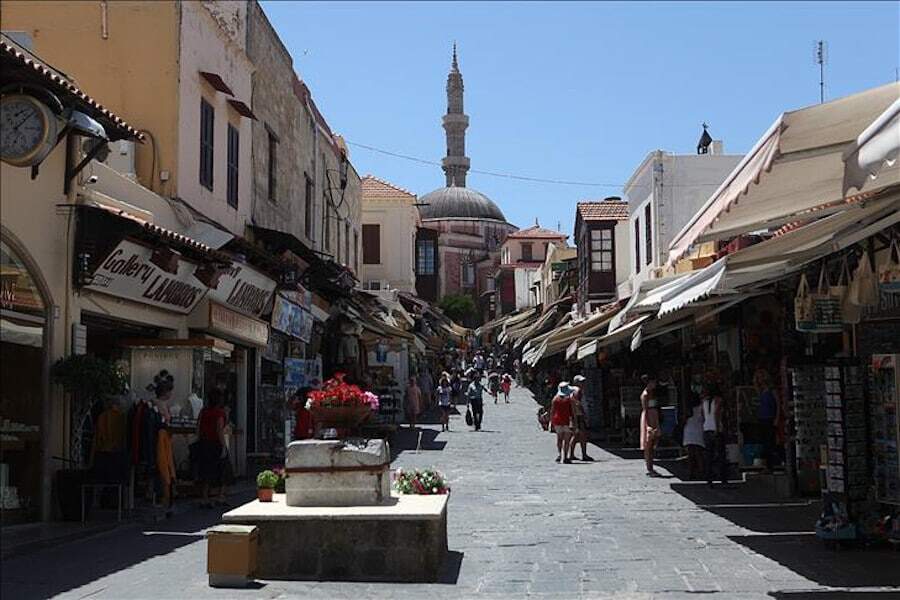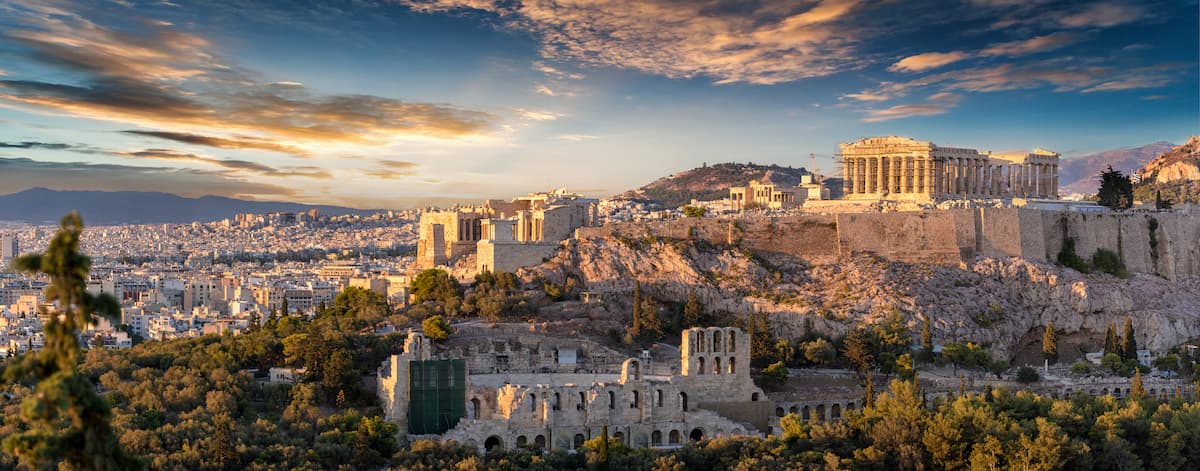Komotini is the capital of Thrace.
It acquired the status of an important urban center in the post-Byzantine era and established an important position in the region of Thrace during the Ottoman period (1363-1912).
It was conquered by the Bulgarians in the First Balkan War, and liberated during the Second Balkan War in 1913. The outcome of WWI led to its definitive integration into the Greek state in 1920. The muslim influence in the region is strong and gives a particular color to local wear, customs and architecture. Minarets and the trellised windows of the houses in the old neighborhoods are characteristic.
Gastronomy
The area is very rich in local products, many of which are perhaps unique such as cold cuts, like kavourma and pastourma as well as stragalia (roasted chickpeas) of Komotini, with various flavors (savory, peppery, sweet or caramelized). Catches of the Thracian Sea, both fresh and processed (salted), especially grey mullet. Lagoon catches, such as blue crab, smoked salted mullet, smoked eel. Soutzouk loukoum, a very special product, which combines tradition and multiculturalism. Traditional tsipouro and, of course, wine. These are just some of the great local products that the visitor can easily find while touring the city.
The local cuisine is a very interesting mix of the gastronomic traditions of Thrace, Eastern Romylia, Cappadocia, Pontus, Turkey, Armenia and of the Roma. One of the most famous dishes of the area is tzigerosarmas. Other well-known traditional dishes are: kavourma, tas kebab, tanosour (a soup based on korkoto, which is peeled and broken durum wheat from Pontus, manti (a spiced meat mixture, usually lamb or ground beef, in a thin dough wrapper and either boiled or steamed), the various pita, such as striftopita (‘twisted pies’) and bougatsa. Regarding sweets, the gastronomy of the area includes: saragli, hanum burek, kataifi, seker pare, kazan dipi, malebi, samali, various types of halva, tahini and petimezi, etc.




